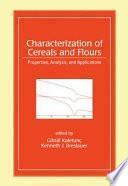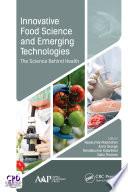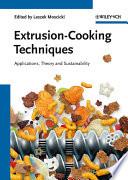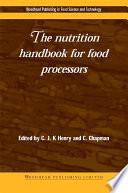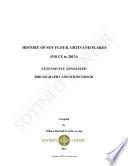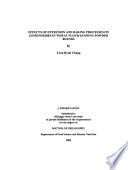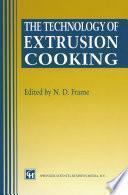
The Technology of Extrusion Cooking
Author: N.D. Frame
Number of pages: 253Extrusion cooking is a specialist area of food technology because of the complexity of the interactive effects which are inherent in the system. General predictive modelling is very difficult because ingredients are diverse and can vary considerably. Modelling tends to be product specifi- new product development tends to be by experimental designs and good fortune. The emphasis of this book is on the latest and potential applications of twin screw extrusion in food production, specifically co-rotating inter meshing screw extruders. Of course, in order to develop products and maximise the extruder potential in terms of energy, product quality and output, an overall understanding of the material flow mechanism, barrel fill length and rheology is essential. The book aims to give explanations and general guidance with examples of screw design, configuration and operat ing parameters for a variety of product categories. It is also intended to help production operators diagnose the symptoms of particular problems such as temperature control, quality variation, raw material inconsistency, etc. For the product development technologist there is more than one way to make a similar product....
